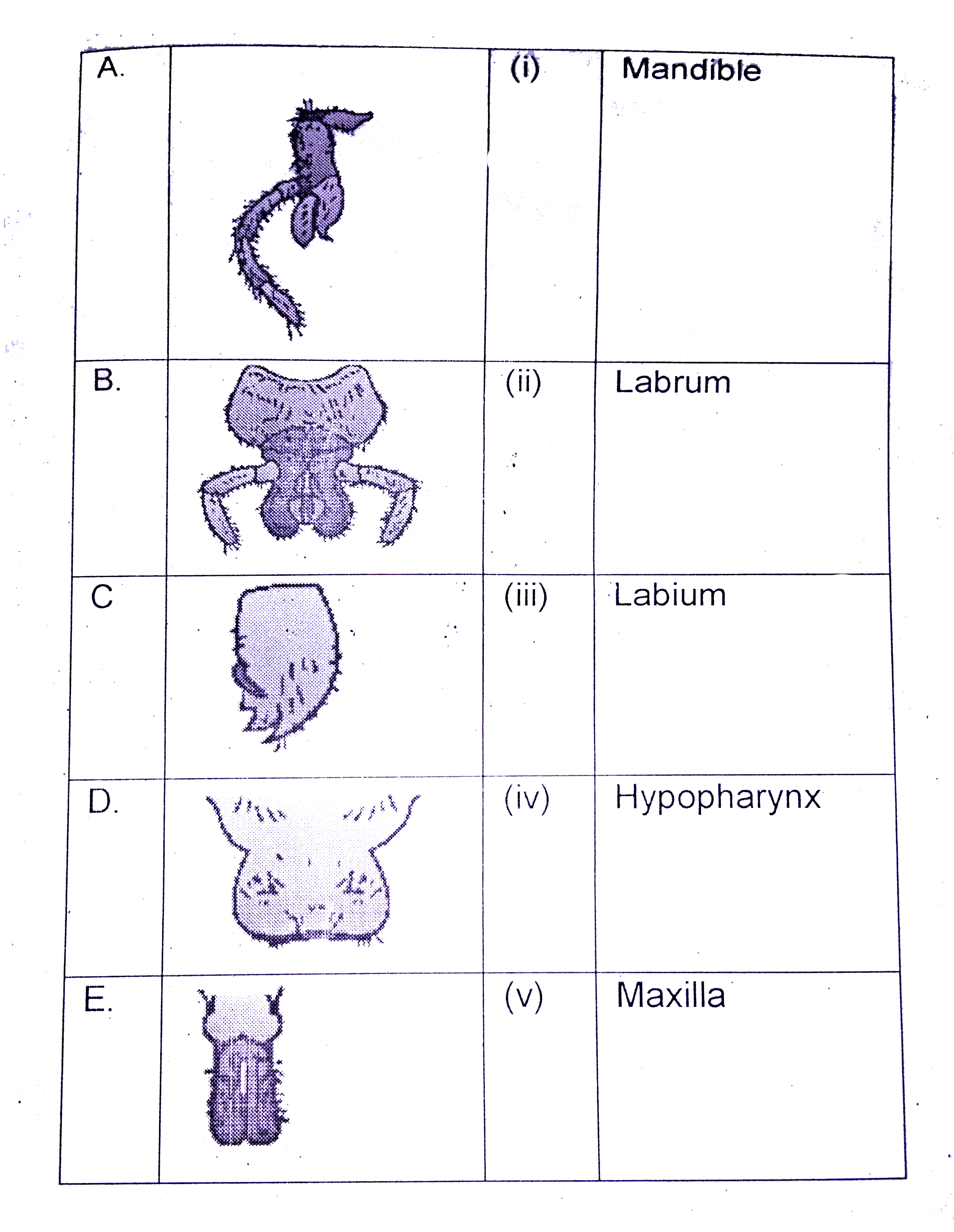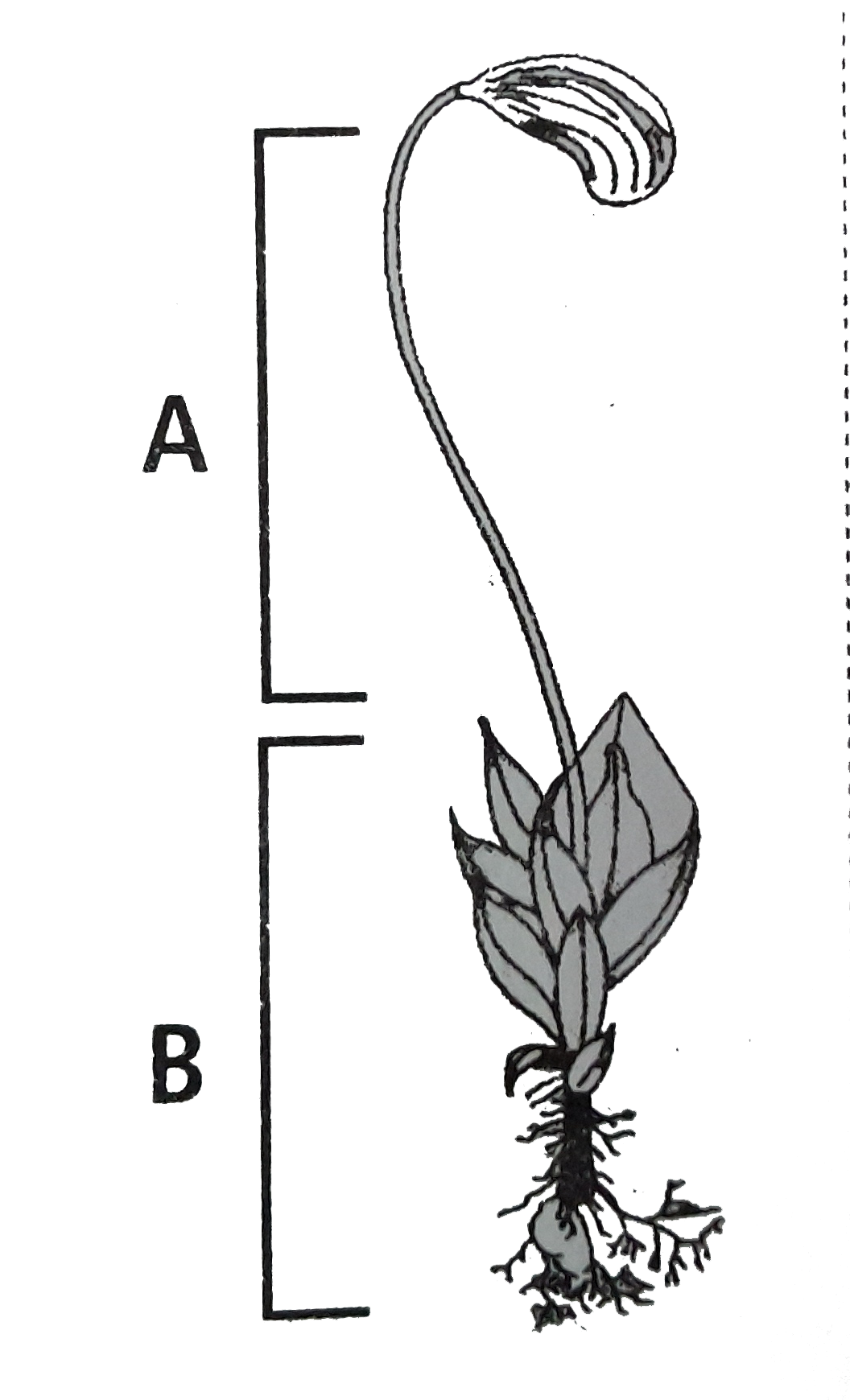Select the option that correctly matches characteristic features with the group of three animals
Skeleton of spicules-Sycon, Adamsia, Spongilla
Excretion by flame cells- Taenia, Fasciola, Ancyclostoma.
Mouth contains radula-Dentalium, Octopus, Ophiura
Jointed appendages-Limulus, Apis, Laccifer.
The correct Answer is:D
To solve the question of matching characteristic features with the respective groups of animals, we will analyze each option step by step.
Step 1: Analyze the First Option
- Characteristic Feature: Skeleton of spicules
- Animals: Cycone, Fondula, Edentia
- Analysis:
- Cycone and Fondula belong to the phylum Porifera, which indeed have skeletons made of spicules.
- Edentia (likely referring to an anemone) belongs to the phylum Cnidaria, which does not have a skeleton made of spicules.
- Conclusion: This option is incorrect.
Step 2: Analyze the Second Option
- Characteristic Feature: Excretion by flame cells
- Animals: Tinea, Fasciola, Encyclostoma
- Analysis:
- Tinea (tapeworm) and Fasciola (liver fluke) belong to the phylum Platyhelminthes, which do excrete using flame cells.
- Encyclostoma (hookworm) belongs to the phylum Nematoda (roundworms), which do not use flame cells for excretion.
- Conclusion: This option is also incorrect.
Step 3: Analyze the Third Option
- Characteristic Feature: Mouth contains radula
- Animals: Dentalium, Octopus, Ophiura
- Analysis:
- Dentalium and Octopus belong to the phylum Mollusca, which have a radula for feeding.
- Ophiura (brittle star) belongs to the phylum Echinodermata, which does not have a radula.
- Conclusion: This option is incorrect as well.
Step 4: Analyze the Fourth Option
- Characteristic Feature: Jointed appendages
- Animals: Limulus, Apis, Lecifer
- Analysis:
- Limulus (horseshoe crab), Apis (honey bee), and Lecifer (a type of insect) all belong to the phylum Arthropoda, which is characterized by jointed appendages.
- Conclusion: This option is correct.
Final Answer
The correct option that matches the characteristic features with the group of animals is the fourth option: Jointed appendages.
---
- Characteristic Feature: Skeleton of spicules
- Animals: Cycone, Fondula, Edentia
- Analysis:
- Cycone and Fondula belong to the phylum Porifera, which indeed have skeletons made of spicules.
- Edentia (likely referring to an anemone) belongs to the phylum Cnidaria, which does not have a skeleton made of spicules.
- Conclusion: This option is incorrect.
- Characteristic Feature: Excretion by flame cells
- Animals: Tinea, Fasciola, Encyclostoma
- Analysis:
- Tinea (tapeworm) and Fasciola (liver fluke) belong to the phylum Platyhelminthes, which do excrete using flame cells.
- Encyclostoma (hookworm) belongs to the phylum Nematoda (roundworms), which do not use flame cells for excretion.
- Conclusion: This option is also incorrect.
- Characteristic Feature: Mouth contains radula
- Animals: Dentalium, Octopus, Ophiura
- Analysis:
- Dentalium and Octopus belong to the phylum Mollusca, which have a radula for feeding.
- Ophiura (brittle star) belongs to the phylum Echinodermata, which does not have a radula.
- Conclusion: This option is incorrect as well.
- Characteristic Feature: Jointed appendages
- Animals: Limulus, Apis, Lecifer
- Analysis:
- Limulus (horseshoe crab), Apis (honey bee), and Lecifer (a type of insect) all belong to the phylum Arthropoda, which is characterized by jointed appendages.
- Conclusion: This option is correct.
The correct option that matches the characteristic features with the group of animals is the fourth option: Jointed appendages.
Topper's Solved these Questions
- ECHINODERMATABOOK - DINESH PUBLICATION ENGLISHCHAPTER - ECHINODERMATAEXERCISE - REVISION QUESTIONS
65 Videos
- DIVERSITY IN ANGIOSPERM MORPHOLOGYBOOK - DINESH PUBLICATION ENGLISHCHAPTER - DIVERSITY IN ANGIOSPERM MORPHOLOGYEXERCISE - Check your Grasp
10 Videos
- ENVIRONMENTAL ISSUESBOOK - DINESH PUBLICATION ENGLISHCHAPTER - ENVIRONMENTAL ISSUESEXERCISE - Model test paper-5
100 Videos
Similar Questions
Knowledge Check
Select the answer with correct matching of the structure, its location and function -
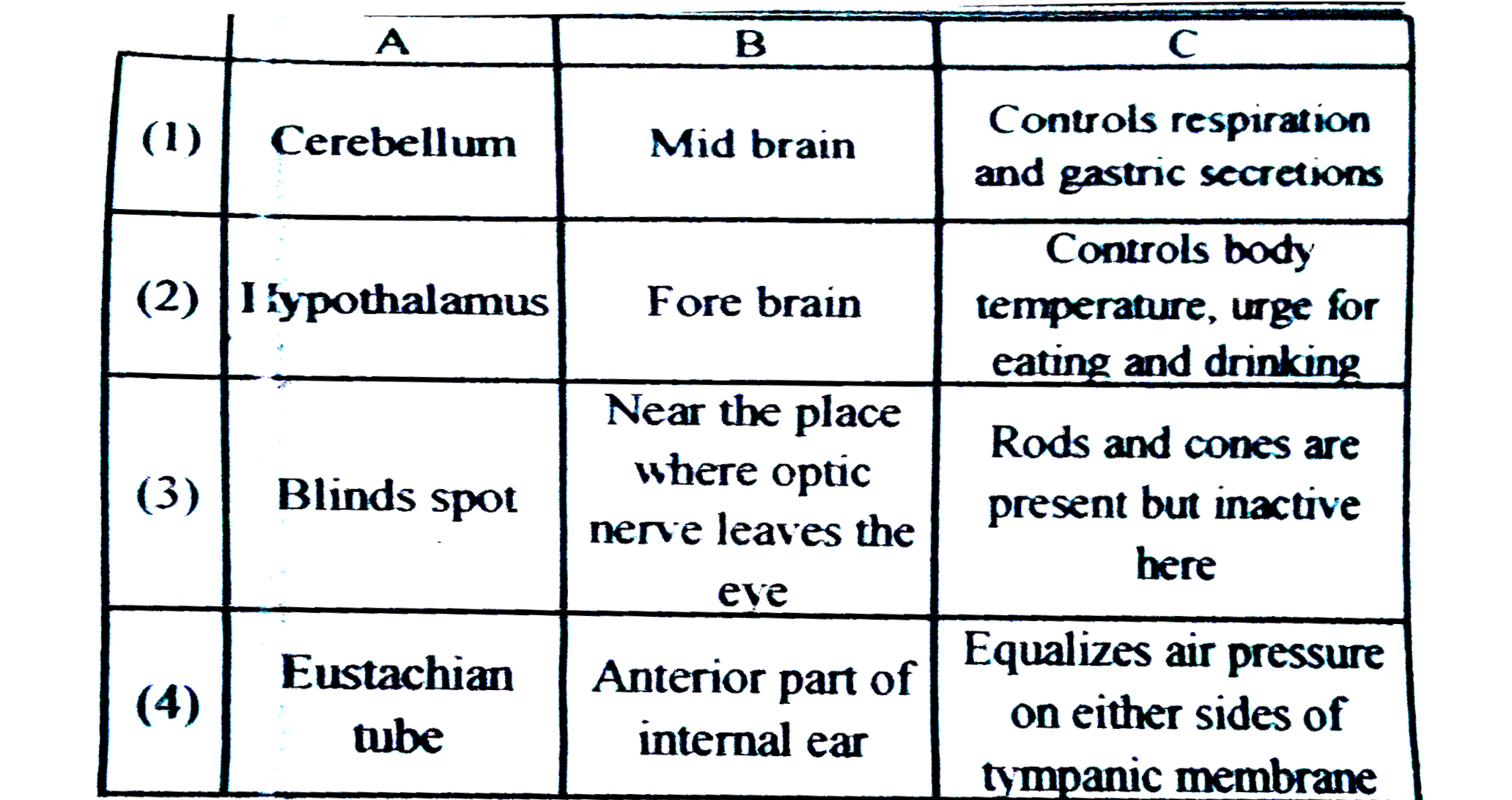 AStructureLocationFunctionEustachian tubeAnterior part of internal earEqualises air pressure on either sides of tympanic membraneBStructureLocationFunctionCerebellumMidbrainControls respiration and gastric secretionsCStructureLocationFunctionHypothalamusForebrainControls body temperature, urge for eating and drinkingDStructureLocationFunctionBlind spotNear the place where optic nerve leaves the eye Rods and cones are present but inactive here
AStructureLocationFunctionEustachian tubeAnterior part of internal earEqualises air pressure on either sides of tympanic membraneBStructureLocationFunctionCerebellumMidbrainControls respiration and gastric secretionsCStructureLocationFunctionHypothalamusForebrainControls body temperature, urge for eating and drinkingDStructureLocationFunctionBlind spotNear the place where optic nerve leaves the eye Rods and cones are present but inactive hereSelect the correctly matched pair
AMonoclonal antibodies - HybridomasBPCR - PhenylketonuriaCBioweapons -Bacillus anthracisDTracy - First transgenic animal for food production
Select the option that correctly describes ECG phase
View SolutionSelect the option having all the correct characteristics.
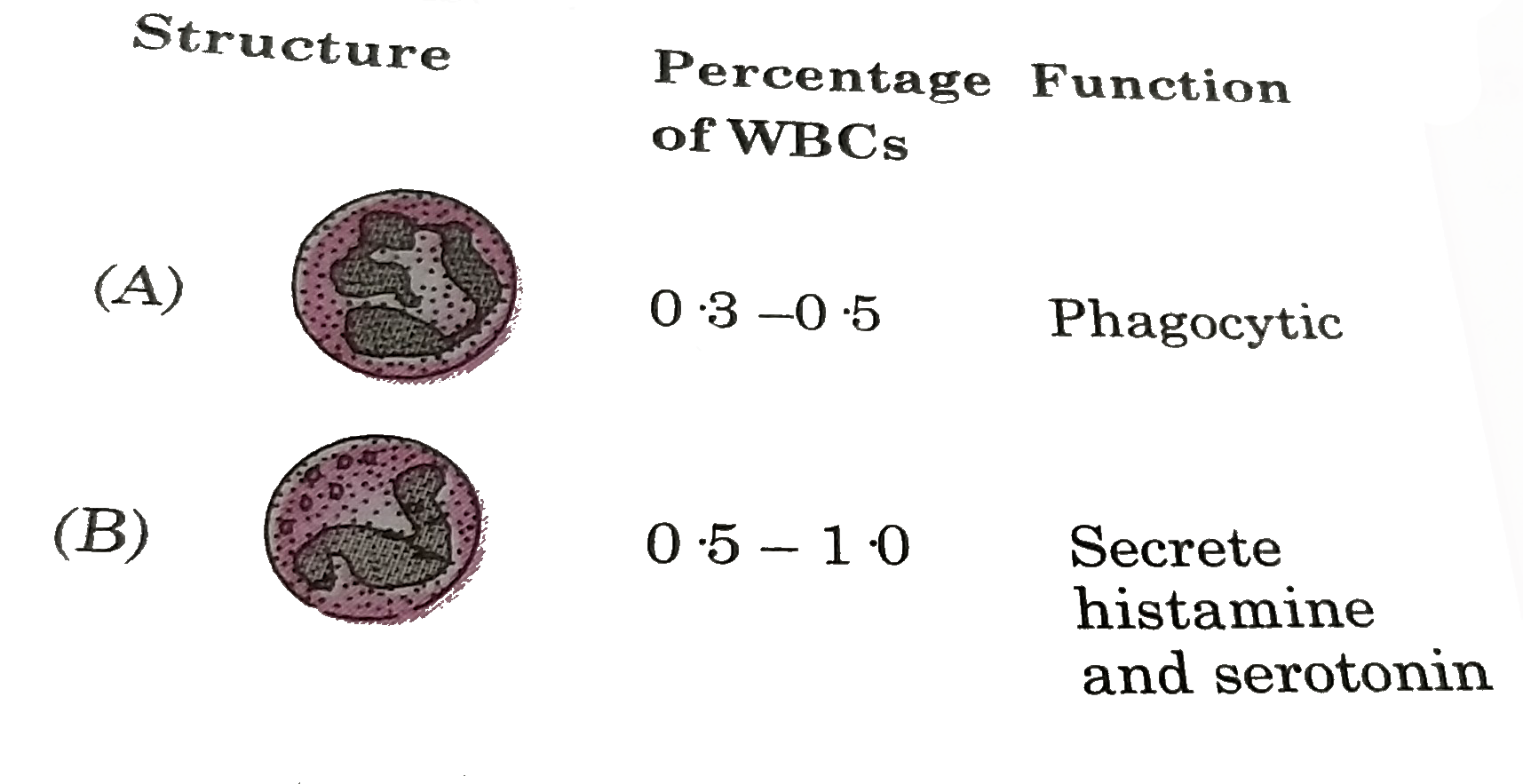
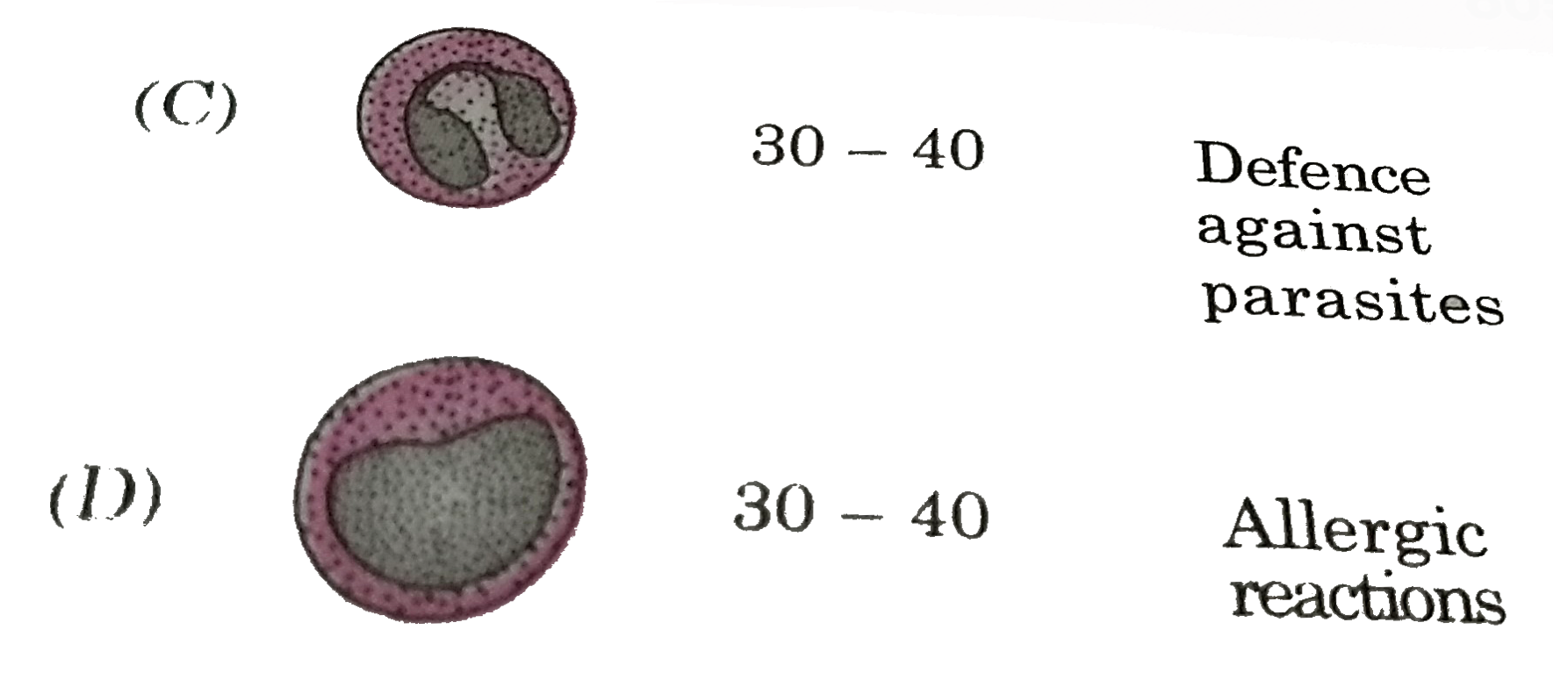
View SolutionSelect the option having all the correct characteristics.


View SolutionSelect the correctly matched pair
View SolutionSelect the correctly matched pair
View SolutionSelect the correctly matched pair
View Solution

